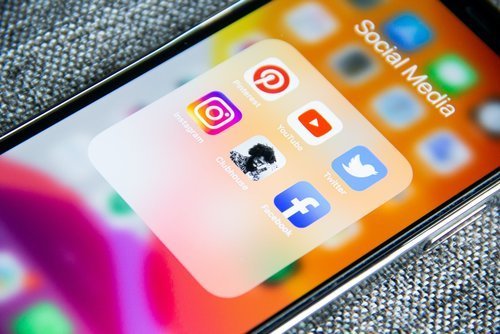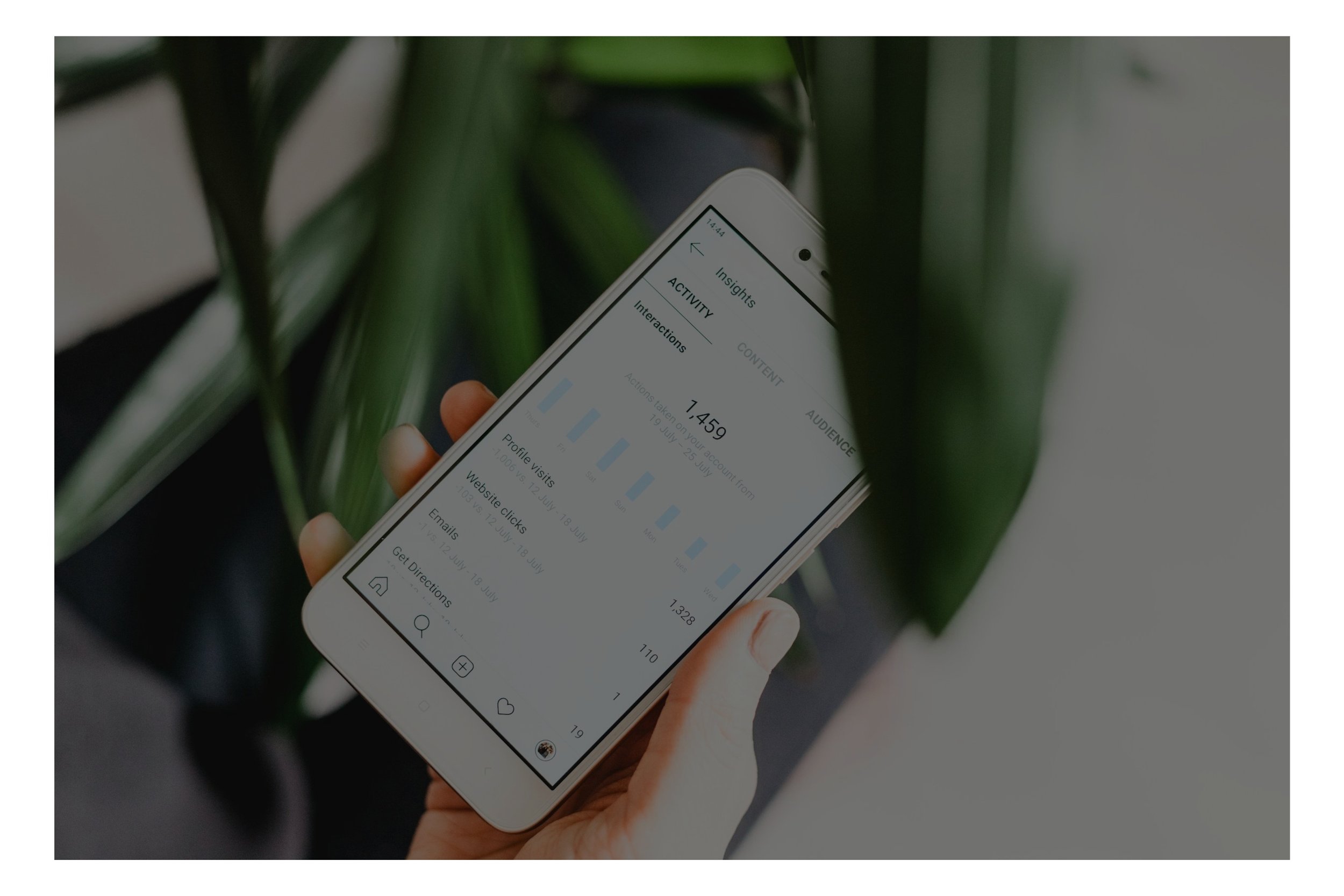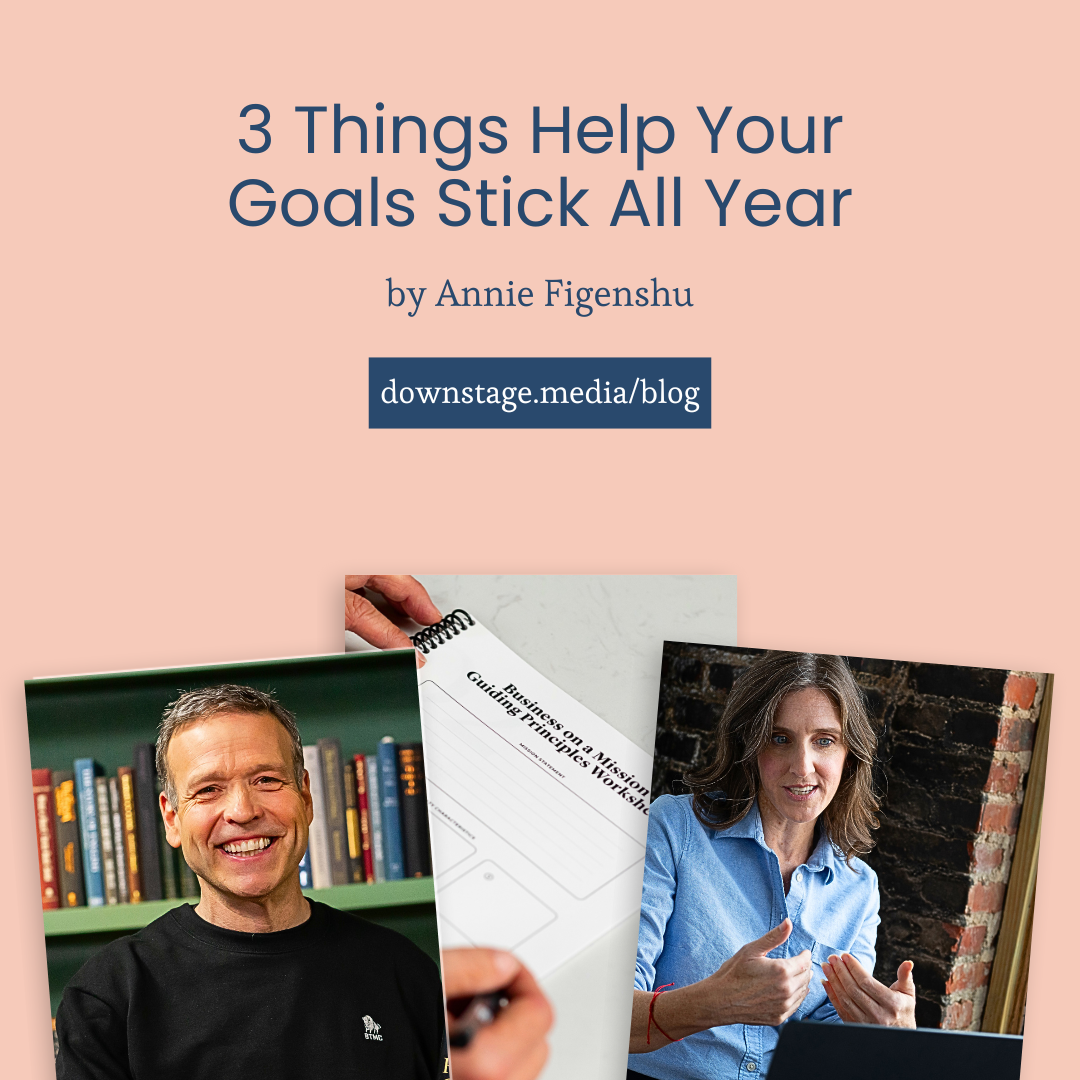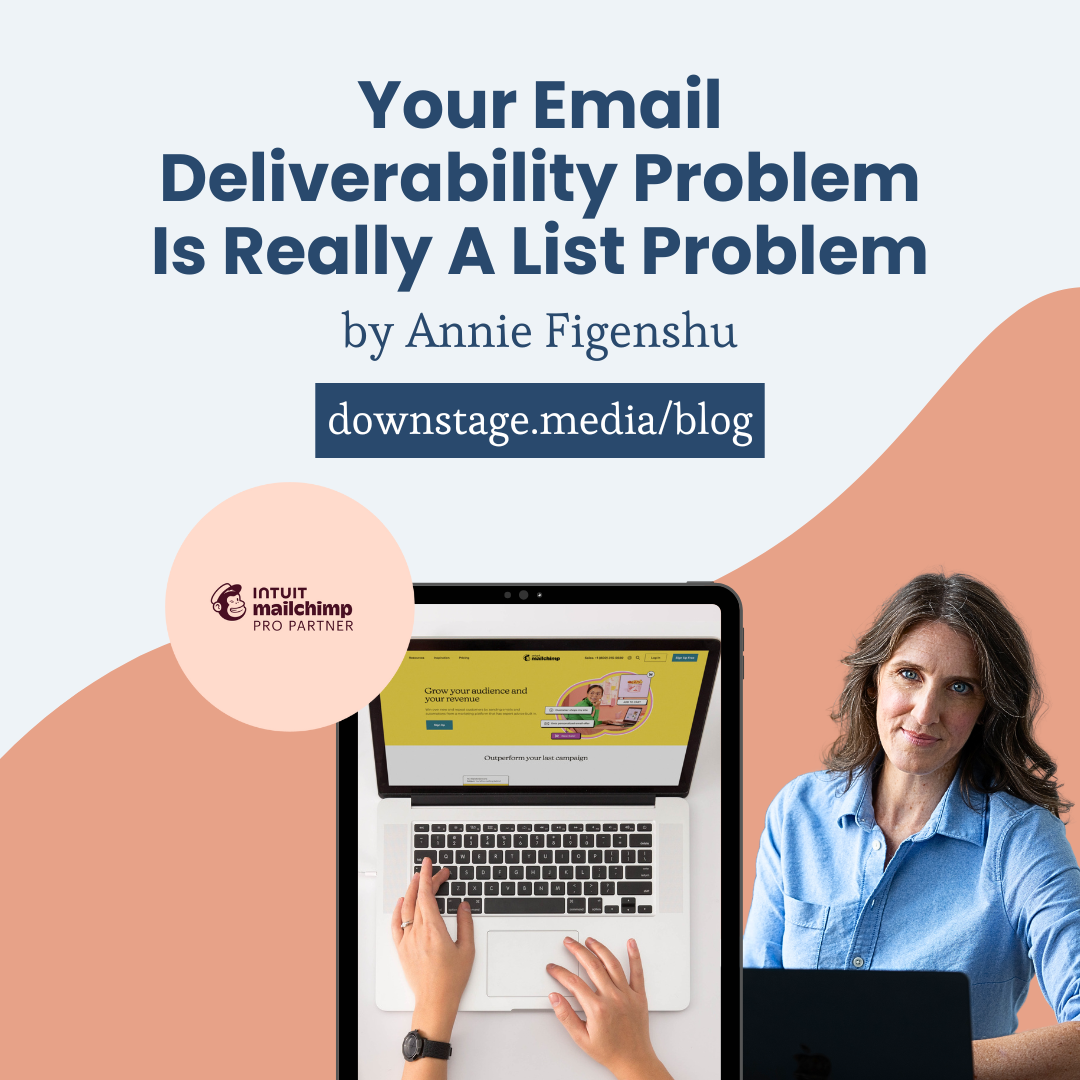TikTok? Instagram? Picking Your Social Platforms
It’s not always easy to know which platforms to focus on for social media marketing. There are too many now to be on all of them, so how can you narrow down where you spend your time building your audience? Here you’ll learn what to consider before starting (or restarting) your social media efforts so you can be where your audience is paying attention.
When social media first began it was entirely possible to be on the main platforms. First it was Facebook. Then Twitter. Then Instagram. Pinterest was there in the mix. Now, though, all of those platforms are still contenders, as are LinkedIn, TikTok, and Snapchat, and I’m sure one that’s just popped up. Trying to keep up with all of those platforms will leave you burnt out fast (and, no, you’re not Gary Vee, sorry. You’re not. So don’t try unless you have a team of at least ten people).
So, if you’re not going to be on every platform at once, then what platforms should you be on? Here are the questions that I ask Downstage Media’s Marketing Mentorship clients when they’re looking for social media guidance.
Only Two Platforms
You don’t need to be on every platform. And unless you have a team of ten or more people actively creating, scheduling, automating, and engaging with your social media you only need to build on two platforms at once. Joseph Pulizzi from Content Inc., and Rachel Miller from Moolah Marketing recommends building an audience on only one platform and then moving to another.
I know, though, that you are itching to be on more than one platform. Or maybe you already have an account on multiple platforms and don’t want to relinquish them all. According to GWI, we are social, and Hootsuite’s Digital 2022 Global Overview Report, the average number of platforms a person is on is somewhere between 5 and 8. Yikes! Growing and marketing an audience on that would take an entire army of content creators.
That said, I recommend building an audience on two social media platforms at a time while also building your email subscriber list.
Where are Your Strengths?
I like to start with your strengths because this is the factor that is the least strategic and the most emotional. That said, it is the reason that many people will give up quickly on a platform. If they feel like it’s difficult to create posts for the platform they will quickly lose steam.
Some factors to consider:
are you a great writer
do you like to be on camera
do you take great photos (or yourself or other subjects)
do you like to talk
Now, many platforms have overlapping features, so if there is one that you already like and have fun with, then lean into that especially.
Using a platform that you are already familiar with and puts you and your work in its best light is the way to go in this instance.
Where is Your Audience?
If you want to reach your audience you have to go where they’re hanging out. Not sure if your ideal audience is on a specific platform?
do a hashtag search of your niche
ask your audience in a poll what other social media platforms they’re on
ask your audience in an email campaign which social media platforms they’re on
listen. They’ll tell you.
Where is the Zeitgeist?
The “zeitgeist” refers to the temperature of the culture at the time. In 2013 Snapchat - with its brand new Stories feature - was a fairly new platform to people who weren’t the usual college-aged Snapchat user and they started flocking to the platform. That is, until Instagram adopted the Stories feature and many people decided to stay on Instagram where they were anyway.
In the winter of 2021 Clubhouse was all the buzz.
Now, both aren’t as top of mind anymore.
Which can be fine (see what are your strengths and where is your audience). But if you are looking to attract new followers, it’s worth considering a platform that is gaining momentum instead of losing it.
A great resource is The Tilt, which profiles content creators and shares the platforms where they’re getting traction.
Before You Fully Commit
Here are a couple of questions to look into before fully committing:
can you schedule content on the platform ahead of time?
does the platform work with your current scheduler?
can you easily automate the content on the platform?
are the two platforms you’ve chosen owned by the same company?
Just like how it’s important to have a diverse portfolio, you want to spread out your social media platforms so they’re not owned by the same company. It’s vey easy for Meta to kick you off of both Instagram and Facebook for the same reason (which, often is no reason). By aligning yourself with two different companies you can provide yourself a bit of insurance.
Platforms Picked?
Now that you’ve got your two chosen platforms, pat yourself on the back. Start looking at them not as a casual user, but as a creator. Who is doing exciting stuff that you can emulate? Who bores you? Why?
Check out 90 Days to Mastering Any Platform on Social Media to help you become more acquainted with the platforms and the great stuff that you can do on them to connect with your audience and spread the word about your work!
Want more help with your social media strategy? Let’s chat!











